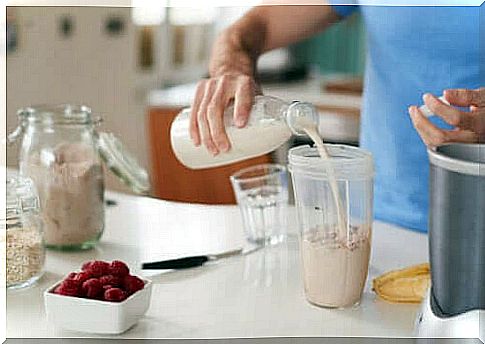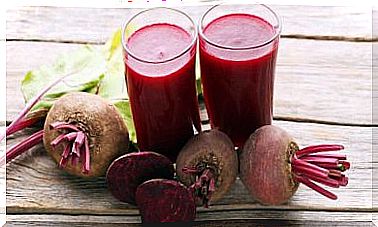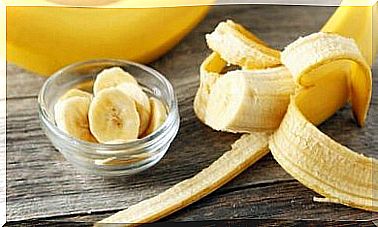Everything You Need To Know About The Anabolic Window
Ingesting 40 grams of casein before sleep increases endogenous protein synthesis and prevents loss of muscle mass. Want to know more about it? We tell you about it in this article!

The anabolic window is a concept that refers to better assimilation of nutrients after exercise. According to classical physiology textbooks, after having worked the muscle, a temporary space opens and makes the absorption of food optimal.
This effect would participate in increasing muscle protein synthesis, tissue recovery and lean gains. Despite all this, today we question the existence of this anabolic window.
The effects of protein administration before and after exercise on muscle protein synthesis have been investigated. The results seem to indicate that there is no significant difference between these two protocols.
The anabolic window could open before sleep
Recently, a study was published in the medical journal The Journal of Nutrition. Its aim was to study the effects of administering casein before sleep on muscle function.
To do this, we chose a group of individuals whose average age was 70 years. We compared the effects of ingesting 40 grams of casein with an intake of 20 grams of the same protein enriched with leucine.
The results showed that higher doses of protein administered before sleep improved muscle protein synthesis. This has the effect of reducing the loss of lean tissue in individuals of advanced age.
Therefore, it is suggested that the classic anabolic window could exist, but in a time frame that is not what was believed. Thus, the ingestion of proteins preceding sleep can improve muscle building.
However, there are no noticeable differences between the protein intake before and after training, as long as the nitrogen balance for the day is positive.

Glycogen replenishment is fundamental
Whether or not there is an anabolic window after sports practice, the need to restore glycogen stores after anaerobic training is clearly demonstrated.
An article published in the journal Nutrients determined that the filling of these reserves is more effective when the carbohydrate supplement is combined with a certain proportion of protein.
Thus, we could speak of a real strategy to use when aiming to reduce the risk of muscle injury during training. In addition, one could consider supplementing leucine to reduce muscle pain in times of high competitive stress.
Ergogenic aids to improve tissue construction
When given after exercise, several supplements can improve protein synthesis. It is thanks to this that we increase the recovery capacity of the athlete, as well as his muscular adaptations.
Creatine and HMB are two concrete examples. Both of these substances are proven to improve the athlete’s peak strength values, as well as their body composition. Therefore, using these supplements helps in gaining muscle mass and losing fat tissue.
Fat loss can be caused by an increase in metabolic expenditure derived from an increase in muscle mass. It is therefore not a direct effect of the substance on the tissues or the metabolism.

The anabolic window works best at night
Current scientific trends doubt the classic idea of the anabolic window that opens after sports practice. However, the latest tests suggest that there may be a period when nutrients reach a higher degree of assimilation.
The time before bed could be an ideal time interval . Ingestion of a slowly absorbed protein is an effective strategy for maximizing muscle gains and reducing tissue catabolism. Despite all this, this protein supplementation should be carried out as part of a varied diet, and balanced from a protein point of view.
Protein needs must be met so that body composition can be maintained or improved. So, we must add the consumption of supplements during the day.
In addition, we recommend that you exercise regularly. This will stimulate muscle fibers and lead to their growth through increased endogenous protein synthesis.








